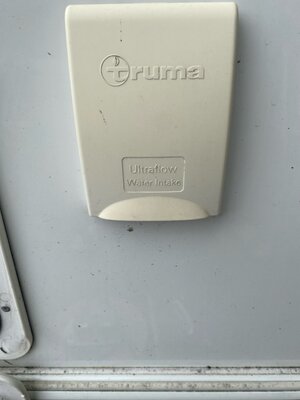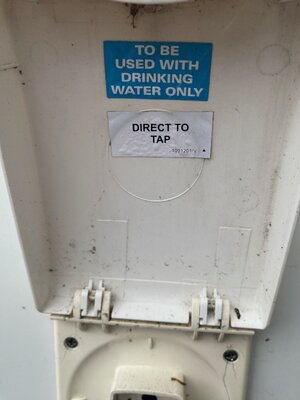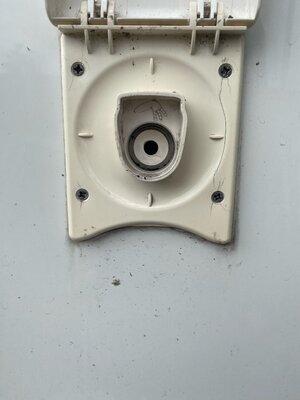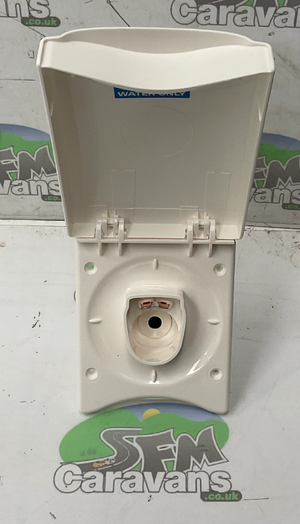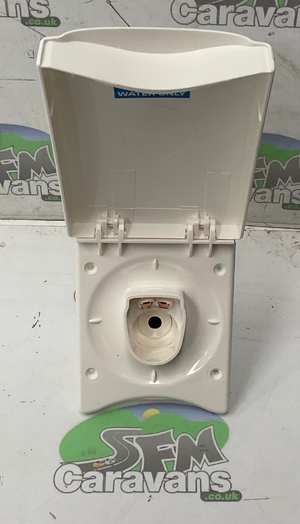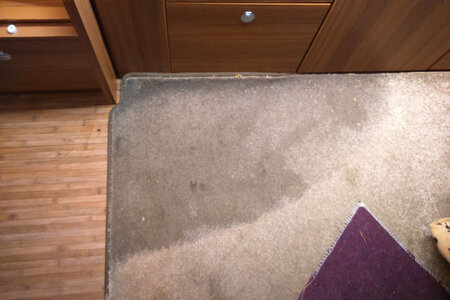I think we are talking about slightly different things! or from different perspectives.
Clearly if a pipe or joint fails within the van, there is likely to be a flood, that's the outcome but we were talking about the cause, and how to minimise failures.
As I see it (and appreciate I am a newbie!):
A pipe or joint failure is more likely if the internal pressure is increased beyond its design. The increase in pressure could be because a PRV fails or if a float sticks in a aqua roll, causing it to fill and if its sealed rise to the same pressure as the mains water, as a consequence the pressure in the van pipework is potentially at main pressure. Looking at mine, in reality its unlikely to rise to mains pressure as the drop pipe /cap seal would never hold mains pressure.
I stand by my previous suggestions:
1) If an overflow is fitted to the aqua roll, it will work in exactly the same way as domestic toilet cistern and simply expel the excess water from the roll, pressure can not then build up in the roll.
2) If a £5 pressure relief valve is fitted into the caravan water pipes, with an external outlet, whatever the water supply system is, the pressure in the van pipework can be controlled regardless of any external component failure.
Push fit water joints and plastic pipes are pretty standard in UK newbuilds, and have been for the last 20+ years, working a full main pressure without any greater failure than traditional copper soldered joints. Clearly a house is not subject to the vibrations that a mobile van is, so it makes sense to keep the pressure lower than mains, however, if the pipes are properly secured, I'd imagine failures should be minimal?
